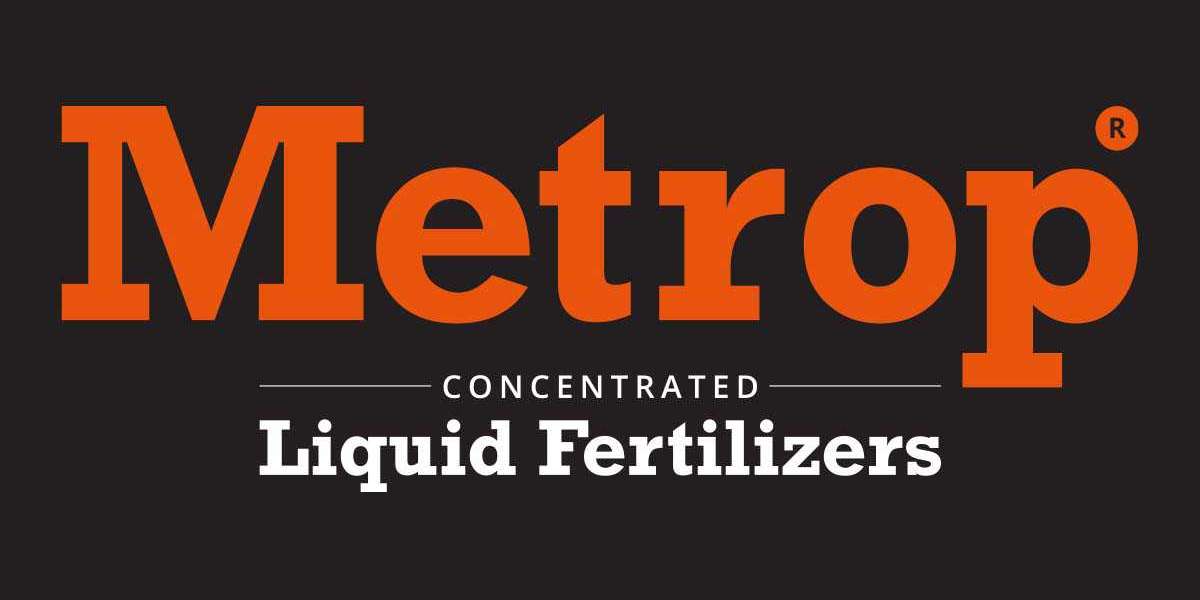My Catherine Bach posters page used to be on my site at www.kruse.co.uk/ but for various SEO reasons I moved it and all my other poster pages over to my web space at my broadband provider NTL so her posters landed up at my ntlworld homepages. Around this time I registered www.here-be-posters.co.uk/ and pointed it from the registration company using a 302 temporary redirect to my ntlworld web space.
This was a far from perfect solution to anything at all. I was rushed with this, flustered with that and I didn't take time to do a proper job. This threw up an unlikely benefit, though, one I may not have noticed otherwise.
What I should have done was to move the posters, as soon as they began to get successful in their own right, over to their own dedicated web space under their own domain name. Which, just recently, I did, I've been kind of busy with my SEO work plus, of course, there's always a ton of optimisation-related study to be done. So I just recently got round to this and now my SERPS are in great confusion.
Plus, of course, a lot more than is usual is affecting Google's results just now. We're experiencing the end of the Big Daddy Data Centre upgrade. Some say we're still suffering the aftershocks from the Jagger algorithm update from last year. So the SERPS are turbulent. You can input a query into Google one minute and get a certain set of results, try the same search a few minutes later and the returned results will show a significant difference. This makes life quite extra-ordinarily difficult for the practicing search engine optimiser as clients will most often judge results purely by the position that they see their site returned in Google's results in a search for their keywords or phrases. It doesn't look good if you inform a client that they're now at position three and when they look for themselves they're at position thirty-three.
Those of you who have the Google toolbar can probably check the variations in the results for yourselves. Open your browser to a Google search page and input a phrase where you know a particular site should normally be returned in the top ten. Examine the SERPS. Then try the same search in the search box in the Google Toolbar. It's increasingly probable that, while the returned results won't be wildly, hysterically at variance with the ones you've just seen, they will be different to a significant degree.
Google doesn't give its results out from just one place, it distributes them from a series of data centres which are located around the world. When a new set of results is sent to the individual data centres the nature of telecommunications being what it is they don't all arrive at the same time. This results in what could be described as a series of mini-Google Dances across the range of data centres. In practice this means a search will produce different results from different geographical locations around the globe at different times. This wasn't a problem when it was a regular and predictable occurrence but now it's so frequent it can be confusing for searchers. Worse, of course, if my client's in the States and I'm here in the UK. I can click through to Google America but still there's no telling which data centre I'm going to get, and I've no idea what my client's going to get either, which complicates matters even further. Not to mention, of course, the problem of the Google "Sandbox" causing sites to appear briefly at the top of some SERPS thus muddying the search waters still more.
The practical consequences of all this are that in one set of search results I get my old page about Catherine at ntlworld appear and the page at www.here-be-posters.co.uk/ isn't even anywhere in the SERPS. In others, neither appear, while in some the ntlworld page is in the top ten with here-be-posters nowhere in evidence. Encouragingly, though, in some others the here-be-posters page is rising rapidly through the ranks. So, if I can't rely on a stable ranking for input, what can I do to determine if I finally now have the content and link strategy right?
Noting an increase in traffic could well be part of the answer. With SERPS fluctuating the way they are an accurate rank is difficult to pin down but a significant rise in properly targeted traffic should make its presence felt by an increase in ROI - and that, after all, is what SEO is all about. High ranking itself, in all the confusion, is starting to take a back-seat to what should have been foremost in our endeavours all along, an increasing volume of interested visitors.
Indeed, the good news for Catherine Bach is that, judging by her traffic, her poster page seems at last to have found a home at www.here-be-posters.co.uk/. Her stream of visitors, quite justly I say, rises as I speak. I mean, Jessica Simpson is fine but hey! She's no Catherine Bach!







